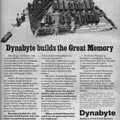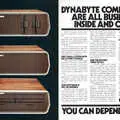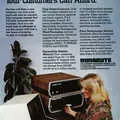
Dynabyte Advert - November 1977
From Byte - The Small Systems Journal
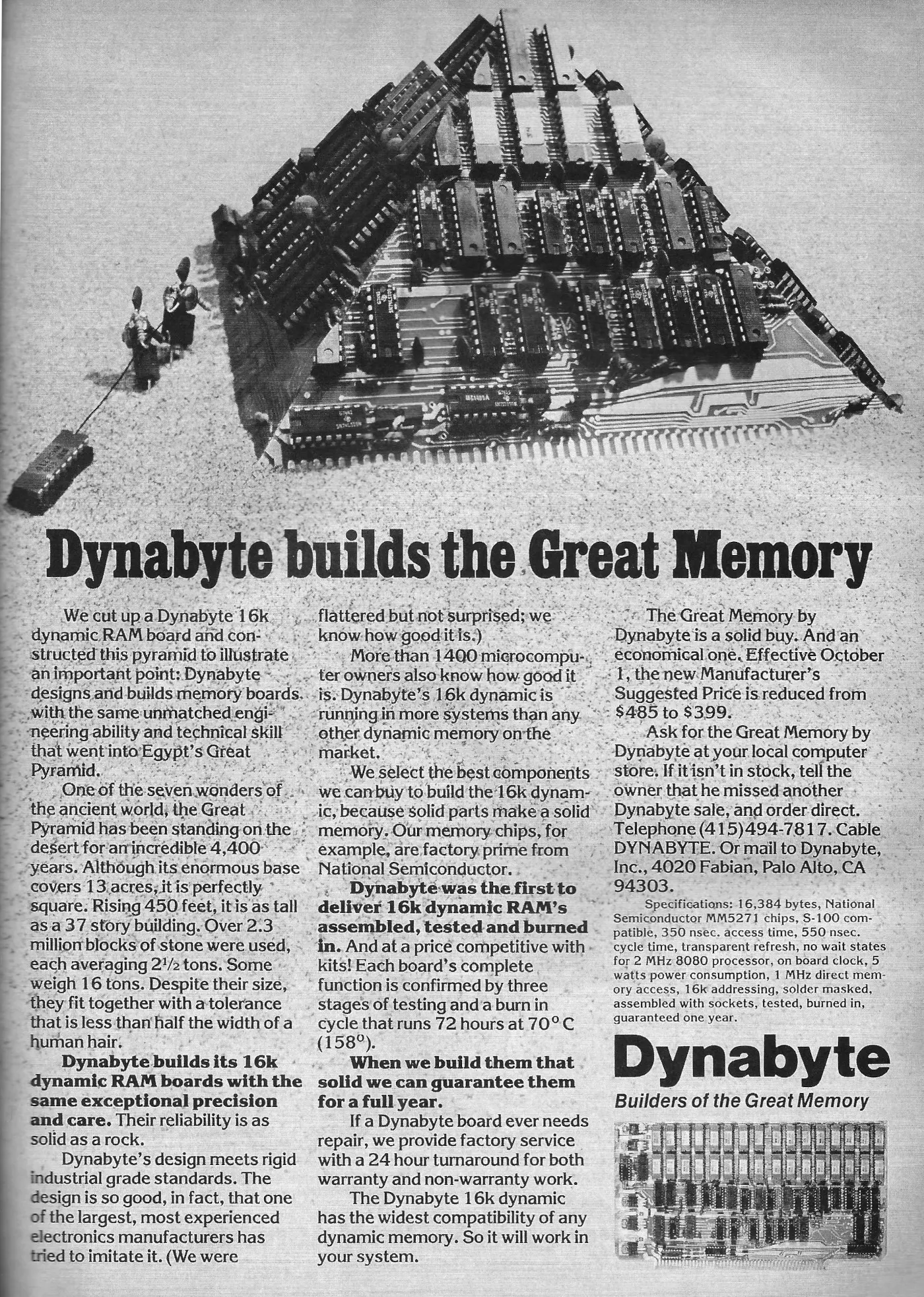
Dynabyte builds the Great Memory
Mangling grammar slightly to get in a reference to the Great Pyramids of Giza, and going the extra mile by apparently cutting up one of its memory boards to make an actual pyramid - complete with awesome little builders with resistor arms and ceramic-capacitor heads hauling an 18-pin DIP chip block - this advert from Dynabyte is for the company's 16K dynamic memory module.
The advert also goes to great lengths comparing the engineering tolerance of its board with that of the original pyramids. It also mentions the testing that each board underwent, which included a "burn in" cycle which was literally that - running the board for 72 hours at 70°C.
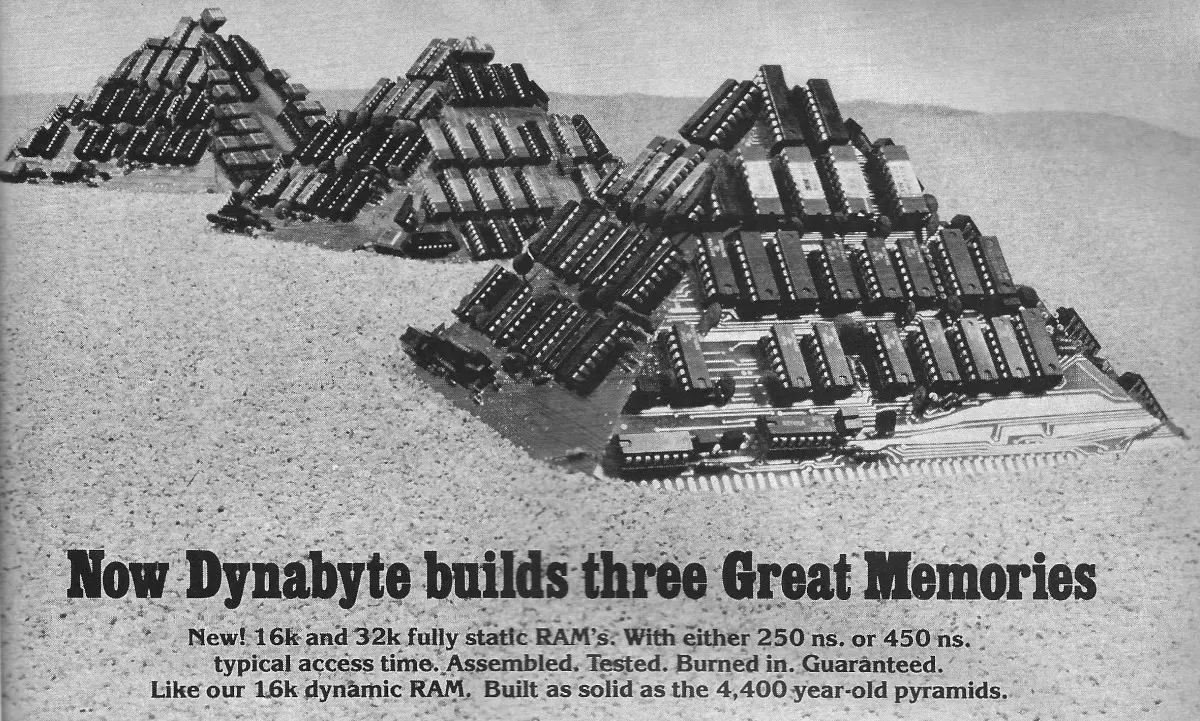
Part of a Dynabyte advert from Byte, January 1978, announcing 16K and 32K static RAM modules
Within a few months, the company added two more boards in the form of 16K and 32K static RAM modules. Static RAM didn't need to be continually refreshed, unlike dynamic, so it had improved performance and required less power. However, it required more in the way of circuitry, and so either circuit density had to improve, or the amount of memory per chip was less.
The company's 250 nano-second-access-time 32K static module retailed for $995 - about £5,130 in 2025, or £170 million per gigabyte.

An advert for Dynabyte's 16K module from a couple of months earlier, at $485 - about £2,880 in 2025. From Byte, September 1977
All Dynabyte's memory cards were S-100 bus compatible, which meant they could plug into many machines of the day including the Altair 8800, IMSAI 8080 and the Poly 88.
The price for the original 16K dynamic board had been $485 in September, but was now down to $399 - about £2,430 in 2025. That's equivalent to about £150 million per gigabyte.
Date created: 05 December 2023
Last updated: 04 September 2025
Hint: use left and right cursor keys to navigate between adverts.
Text and otherwise-uncredited photos © nosher.net 2025. Dollar/GBP conversions, where used, assume $1.50 to £1. "Now" prices are calculated dynamically using average RPI per year.
